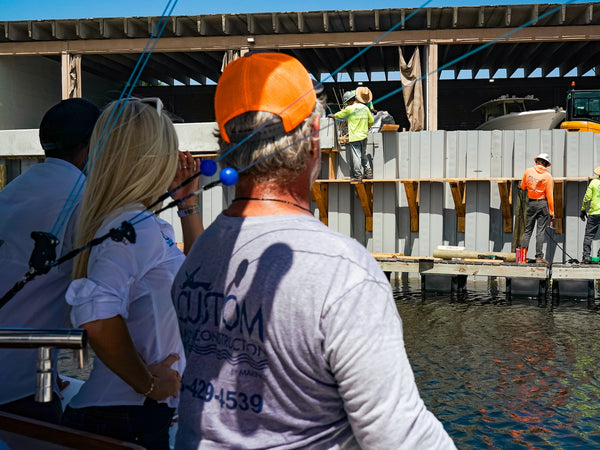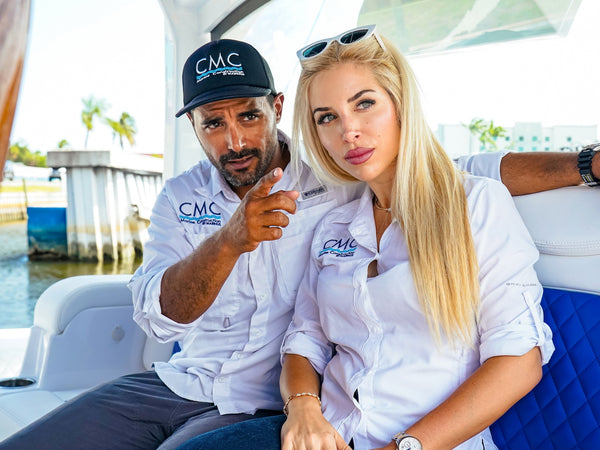Durable shoreline protection using vinyl, concrete, or steel for both residential and commercial waterfront applications.
SEAWALLS



WATERFRONT DURABILITY
CMC are experts at all permitting, regulation, and environmental seawall requirements in Florida.



SEAWALLS EXPLAINED
Seawalls are structures built along coastlines to protect land from the erosive force of waves and prevent flooding.They act as a barrier, absorbing or deflecting wave energy and reducing the impact on the shoreline.
WHAT SEAWALLS DO:
COASTAL PROTECTION: Seawalls are designed to shield land, infrastructure, and property from the damaging effects of waves, storm surges, and rising sea levels.
EROSION CONTROL: By reducing wave action, seawalls help prevent or slow down the erosion of beaches, cliffs, and other coastal areas.
FLOOD PREVENTION: They act as a barrier against flooding caused by high tides and storm surges, protecting areas behind the seawall.
HOW SEAWALLS WORK:
WAVE DEFLECTION: Seawalls are typically designed to either reflect wave energy back into the sea or absorb it, preventing it from reaching the land.
STRUCTURAL INTEGRITY: They are constructed from robust materials like concrete, stone, or steel, enabling them to withstand the force of waves and other coastal hazards.
SEAWALL TYPES:
VERTICAL: Upright walls that directly block wave energy.
RIPRAP: Sloping structures made of large rocks or rubble that absorb wave energy.
CONCRETE: Walls constructed from concrete blocks or panels, known for their durability.
SHEET-PILE: Interlocking sheets of metal, vinyl, or composite driven into the ground.
ROCK: Walls made of large stones, often used for a more natural look.
SEAWALL CONSIDERATIONS:
ENVIRONMENTAL IMPACT: Seawalls can have both positive and negative environmental impacts, affecting natural coastal processes and habitats.
MAINTENANCE: Seawalls require ongoing maintenance to ensure their effectiveness and longevity.
COST: Construction and maintenance can be expensive, especially for large-scale seawalls.
CONTRACTORS: Whether you choose CMC by Marinus for your seawall construction or not, it is absolutely imperative to choose a contractor with vast experience and know-how to complete any scope of project required for your waterfront structure.







